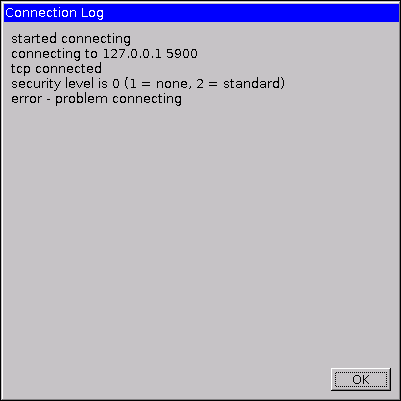You can install Teamviewer in text only mode – yes it will show the console on the remote connection!
You need to assign it to your Teamviewer account in this case as there is no way for it to show you a password…
It works fine in graphical mode too of course.
If you try to download and install Teamviewer on a 64bit aarm64 distribution, it will show you lot’s of dependencies that can’t be satisfied because of the missing armhf architecture.
But don’t fear, we can install them easily by just adding the architecture, similar to x64 and x86 based systems.
sudo apt update sudo apt upgradesudo dpkg --add-architecture armhfwget https://download.teamviewer.com/download/linux/teamviewer-host_armhf.deb sudo apt install ./teamviewer-host_armhf.deb sudo teamviewer setup
And that’s it already.
You get Teamviewer running on Ubuntu 18.04 aarm64 without the need for a graphical user interface at all.
Also try:
teamviewer info
teamviewer help